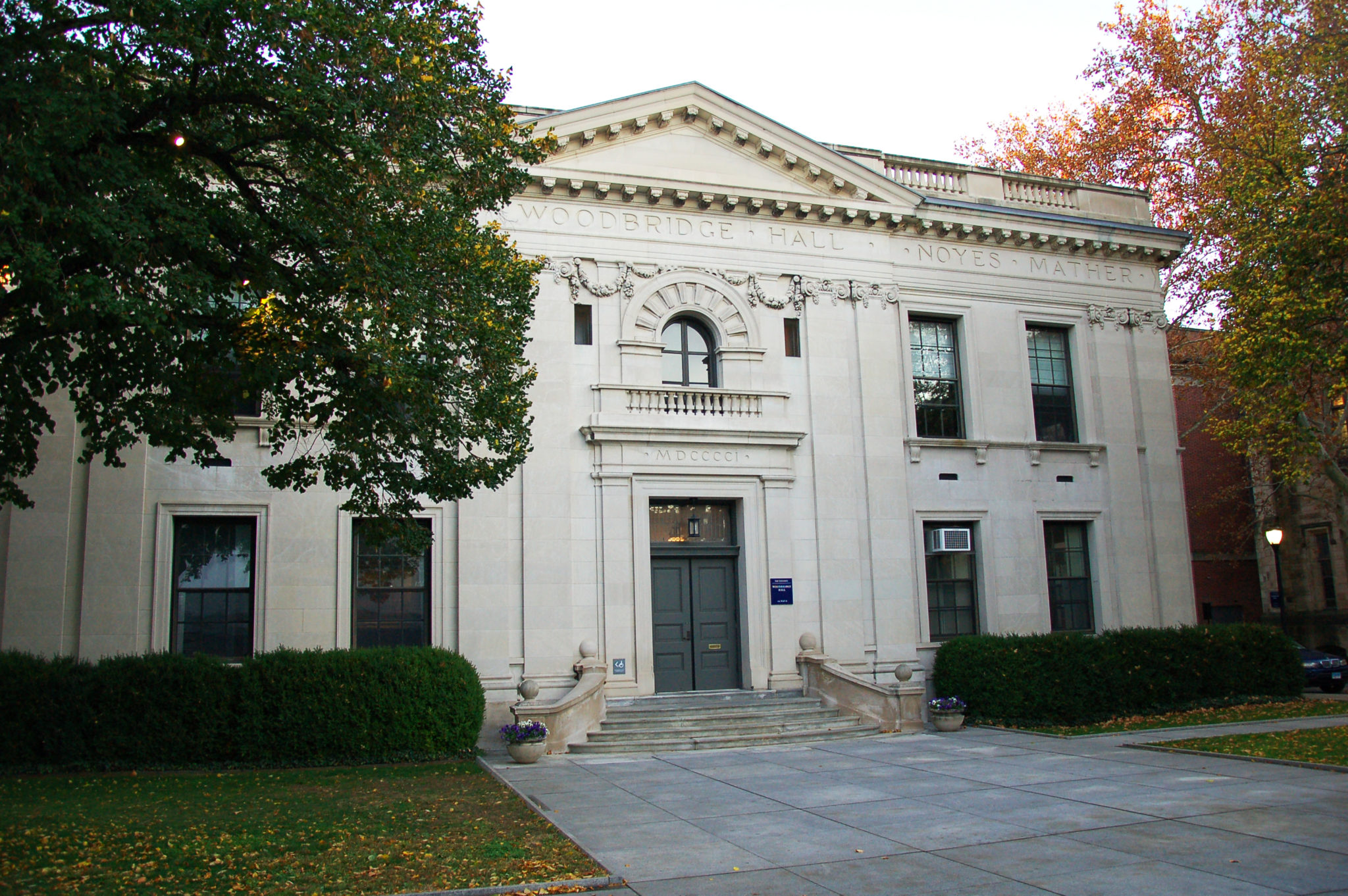
Yale Daily News
Last Tuesday, the Association of American Universities released its 2019 Campus Climate Survey on Sexual Assault and Misconduct, showing an increased willingness among Yale students to address sexual misconduct but higher survey-estimated rates of sexual assault.
The results came four years after the AAU’s inaugural 2015 survey, which collected data from 27 schools to better understand campus climates and gauge the effectiveness of efforts to decrease sexual misconduct. The AAU plans to conduct surveys and release updates every four years in order to track the progression of sexual misconduct on college campuses.
According to University Title IX Coordinator Stephanie Spangler’s introduction to the survey — which was linked in a campus-wide email from University President Peter Salovey on Tuesday — more students are utilizing Yale’s resources to respond to sexual misconduct. But while students are experiencing fewer instances of “harassing behaviors” and intimate partner violence, the survey estimated that rates of sexual assault have increased since 2015.
“Sexual misconduct causes serious harm to those who experience it, is antithetical to the university’s high standards of conduct and is corrosive to Yale’s mission,” Salovey wrote in his Tuesday email. “Such behavior has no place on this campus or anywhere.”
The survey data were analyzed by Westat, an analysis firm, which adjusted the survey results to represent Yale’s population and account for variances in groups’ willingness to report misconduct.
According to Salovey’s email, Yale and 32 other universities participated in the survey, which had a 45.4 percent response rate among Yale’s 13,916 students over the age of 18.
In Yale’s university-specific report, 17.8 percent of undergraduate women and 15.4 percent of TGQN — the report’s term for students who identify as transgender, nonbinary, genderqueer, questioning or another identity not listed — experienced penetration without consent, compared to 6.3 percent of undergraduate men. The report also noted that 30.9 percent of undergraduate women and 25.5 percent of TGQN reported having experienced non-consensual “sexual touching,” compared to 11.8 percent of undergraduate men.
Under Yale’s definition, both non-consensual penetration and sexual touching are classified as sexual assault. Rates of sexual harassment, a separate category from assault, for women and TGQN also far outstripped rates for men.
Altogether, 49.2 percent of all Yale students who responded to the survey reported some form of sexual harassment.
In contrast to Yale’s 45.4 percent response rate, the aggregate response rate for all 32 AAU member universities was 21.9 percent. While Yale’s response rate fell below schools like Stanford and Rice — at 62.0 and 68.4 percent respectively — it had the highest proportion of respondents of the four Ivy League schools that participated in the survey.
According to AAU President Mary Sue Coleman, women and non-cisgender students are impacted by sexual misconduct at “disproportionately high” rates. Students with disabilities also experienced higher rates of sexual assault and harassment than students without disabilities.
“The results provide cause for both hope and continued concern,” Coleman said in a statement on the group’s website. “They reveal that, while students know more about university-sponsored resources for victims of sexual assault and misconduct, they still aren’t using these resources often enough.”
According to Salovey’s email, more students are reporting sexual misconduct and are more likely to know how to react as bystanders. However, according to a Tuesday email by Dean of Yale College Marvin Chun, most of the perpetrators of reported misconduct are students. Chun called this “deeply concern[ing],” given that the results are “so at odds with our community’s values.”
Dennis Portillo ’22 said he was shocked by the results of the survey. He told the News that for him, the report illuminated the reality of Yale’s sexual climate.
“There needs to be a cultural change here for these numbers to go down,” Portillo said. “There needs to be a shift in the framework of how we talk about consent and how we navigate relationships with one another … And I feel like no one is talking about this.”
While gender discrepancies were high, there was less variance among rates of sexual assault and harassment divided by race — 49.9 percent of students who experienced sexual harassment were white, 52.1 percent were black, 44.0 percent were Asian, and 53.3 percent identified as mixed-race.
In his email to the University, Chun wrote that students can discuss Yale’s sexual climate with Assistant Dean of Student Affairs Melanie Boyd and send feedback to the University’s Title IX coordinators. He also requested that students engage with Community and Consent Educators and the Committee on Social Life and Community Values. The committee, which advises Chun on how to create social spaces that align with Yale’s “community values,” will be releasing a survey this week about Yale’s social climate.
“I am acutely aware of the challenges many of you face, and of the need for change,” Chun wrote. “We will move forward together.”
The AAU consists of 62 universities: 60 in the United States and two in Canada.
Valerie Pavilonis | valerie.pavilonis@yale.edu
Audrey Steinkamp | audrey.steinkamp@yale.edu







